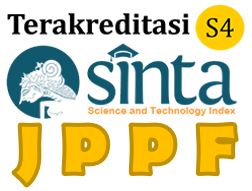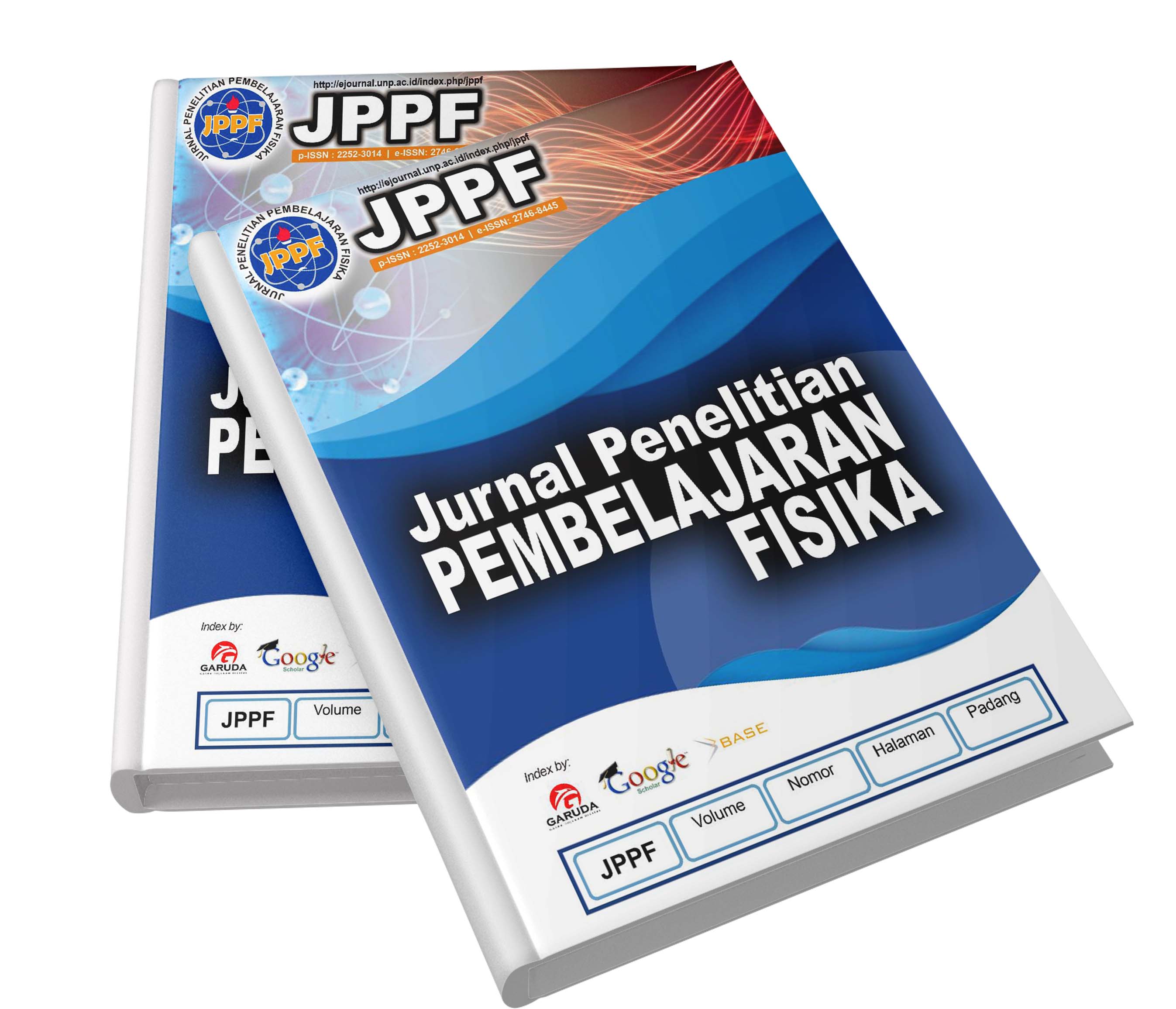The Influence of the Edmodo-Based Blended Learning Model on Student Learning Outcomes in Fluid Materials in High School
 ),
), (1) Department of Physics, Medan State University, North Sumatra
(2) Department of Physics, Medan State University, North Sumatra
 Corresponding Author
Corresponding Author
DOI : https://doi.org/10.24036/jppf.v10i1.123511
Full Text:
 Language : id
Language : id
Abstract
This study aims to determine the effect of the Edmodo-based blended learning model on student learning outcomes in static fluid material at Smart Pure Tembung High School. that meet the criteria for a good test instrument include the normality test, homogeneity test, and hypothesis testing using SPSS. This type of research is a quasi-experimental with a two-class design, namely the experimental class and the control class with a population of 64 students. Based on data analysis from the experimental class, the initial ability was not good, namely 63.13. The results of static fluid learning after using blended learning with Edmodo were 83.28 in the good group. The study findings ranged from 56.87 to 63.28 in the control class. According to these statistics, blended learning using Edmodo can amazingly improve academic achievement and outperform conventional learning outcomes. The average level of student learning activity in the experimental class was 50% with the active category at the first meeting, increased to 69% with the very active category at the second meeting, and increased to 75% with the very active category at the third meeting. Therefore, the application of Edmodo-based blended learning can increase student activity during the learning process.
 Article Metrics
Article Metrics
 Abstract Views : 127 times
Abstract Views : 127 times
 PDF Downloaded : 29 times
PDF Downloaded : 29 times
Refbacks
- There are currently no refbacks.




